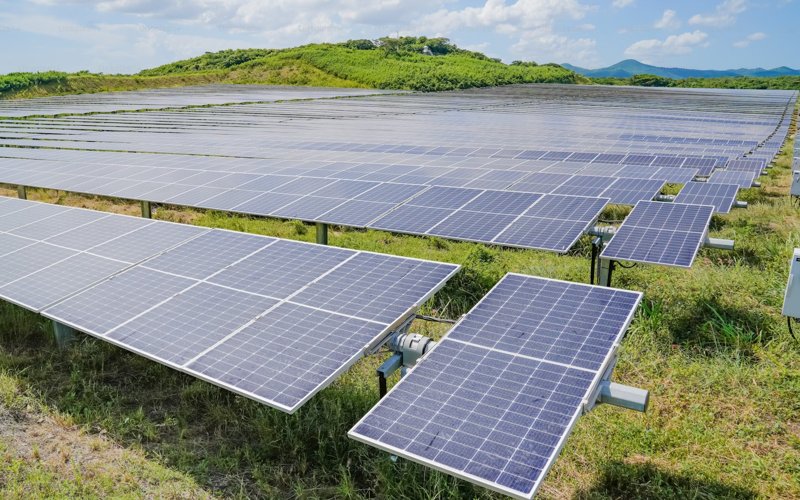Solar becomes the EU’s largest source of electricity for the first time
In June 2025, solar power became the leading source of electricity in the European Union for the first time in history, Kazinform News Agency correspondent reports.

According to the energy think tank Ember, solar power plants generated 22.1% of all electricity produced in the EU in June, amounting to 45.4 terawatt-hours (TWh). Nuclear energy came in second with a 21.8% share (44.7 TWh), followed by wind power at 15.8% (32.4 TWh).
Analysts note that this record-breaking solar output is largely due to years of expanding solar capacity, combined with hot and sunny weather across Europe in June. At least 13 EU countries reported their highest ever monthly solar generation, with demand further boosted by extreme heatwaves towards the end of the month.

Ember senior energy analyst Chris Rosslowe says Europe is becoming a solar energy powerhouse.
“European nations are harnessing the abundant resources of sunshine and wind like never before. The growth of low-cost renewables is gradually getting Europe’s energy system off the rollercoaster of fossil energy prices. The big opportunity now comes from adding battery storage and flexibility to extend the use of renewable power into mornings and evenings, where fossil fuels still set high power prices,” noted Rosslowe.
Wind power also posted record results in May and June, despite a slow start to the year. Wind farms generated 16.6% (33.7 TWh) of the EU’s electricity in May and 15.8% (32.4 TWh) in June, the highest ever for these months. Analysts attribute this to favourable wind conditions and the commissioning of several large offshore wind farms since June 2024.

Meanwhile, coal generation fell to an all-time low in June, accounting for just 6.1% (12.6 TWh) of EU electricity, down from 8.8% a year earlier. Germany and Poland, which together produce almost 80% of the EU’s coal power, recorded historic lows: coal made up just 12.4% (4.8 TWh) of Germany’s electricity mix and 42.9% (5.1 TWh) in Poland. Record lows were also reported in Czechia (17.9%), Bulgaria (16.7%), Denmark (3.3%) and Spain (0.6%), which is nearing a complete coal phase-out.
Overall, fossil fuels generated 23.6% (48.5 TWh) of EU electricity in June, slightly above the record low of 22.9% in May 2024. However, in the first half of 2025, fossil fuel generation rose 13% compared to the same period last year, driven mainly by a 19% increase in gas-fired power. This was partly due to reduced hydropower and wind generation earlier in the year as drought conditions cut hydro’s share by 15%, down to 12.5% (164 TWh) from January to June.
Electricity demand in the EU continues to grow. In the first half of 2025, consumption reached 1,313 TWh, a 2.2% increase year-on-year.
Earlier, Kazinform News Agency reported that some Indonesian islands aim for 100% renewable energy by 2050.
